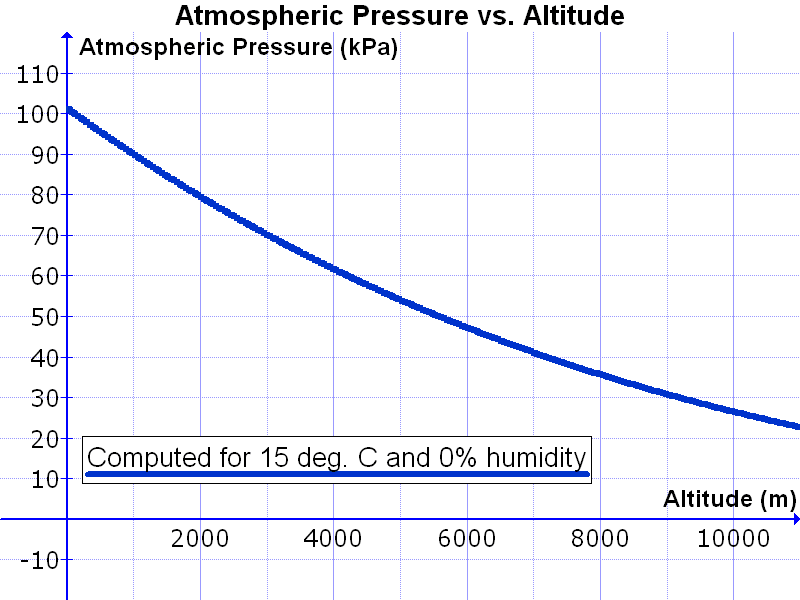Atmospheric pressure, a fundamental concept in meteorology and the study of the Earth’s atmosphere, plays a pivotal role in shaping our weather patterns, ocean currents, and even our daily lives. In this in-depth exploration, we will unravel the intricate nature of atmospheric pressure, its underlying mechanisms, and its far-reaching implications.
Understanding Atmospheric Pressure
Atmospheric pressure refers to the weight exerted by the column of air above a specific point on the Earth’s surface. This pressure is a result of the constant collisions between air molecules and their gravitational attraction to the planet. While it may be imperceptible to us, atmospheric pressure has a significant impact on various natural phenomena and human activities.
The Factors Influencing Atmospheric Pressure
Several factors contribute to the fluctuations in atmospheric pressure. One of the primary drivers is altitude. As you ascend higher in the atmosphere, the density of air decreases, leading to a drop in pressure. This is why atmospheric pressure decreases with increasing altitude, making it harder to breathe at higher elevations.
Temperature also plays a crucial role in shaping atmospheric pressure patterns. Warmer air is less dense and tends to rise, creating areas of lower pressure. Conversely, cooler air is denser and sinks, leading to regions of higher pressure.
Pressure Systems and Weather Patterns
The variations in atmospheric pressure give rise to different pressure systems that, in turn, influence weather patterns. The two main types of pressure systems are high-pressure systems and low-pressure systems.
In a high-pressure system, air descends and diverges at the surface, creating an area of increased atmospheric pressure. These systems are associated with fair weather and clear skies. Conversely, low-pressure systems occur when air converges and rises, creating an area of decreased atmospheric pressure. Low-pressure systems are often linked to unsettled weather, cloud formation, and precipitation.
Barometers and Measurement
To quantify atmospheric pressure, scientists use instruments known as barometers. A common type is the mercury barometer, where the height of a column of mercury in a glass tube reflects the atmospheric pressure. The standard atmospheric pressure at sea level is about 1013.25 millibars (mb) or 29.92 inches of mercury (inHg).
Atmospheric Pressure and Its Effects
Atmospheric pressure has far-reaching effects on both natural processes and human activities. One of the most noticeable effects is its impact on weather and climate. By influencing the movement of air masses, atmospheric pressure shapes wind patterns, jet streams, and storm development. It also plays a role in the formation of ocean currents, which have a profound impact on marine life and global climate regulation.
Human physiology is also intimately connected to atmospheric pressure. As we ascend to higher altitudes, the decrease in pressure can lead to a condition known as altitude sickness, characterized by symptoms like headache, nausea, and fatigue. In aviation, understanding atmospheric pressure is crucial for safe takeoffs, landings, and navigation.
The Role of Atmospheric Pressure in Our Lives
From the weather forecast we rely on to plan our outdoor activities to the smooth functioning of aircraft at cruising altitudes, atmospheric pressure is a cornerstone of our understanding of the natural world. By comprehending its principles and effects, we gain insights into the delicate balance that sustains life on Earth.
Exploring the Future of Atmospheric Pressure Research
As technology advances, our ability to monitor and predict atmospheric pressure patterns continues to improve. Satellite technology, advanced weather models, and data analysis are enabling meteorologists to provide more accurate forecasts and warnings for extreme weather events.
In conclusion, the concept of atmospheric pressure is a fascinating and integral part of Earth’s systems. It governs weather patterns, shapes landscapes, and impacts every facet of our lives. By delving into the intricacies of atmospheric pressure, we gain a deeper appreciation for the complexity and interconnectedness of our planet’s natural processes.










